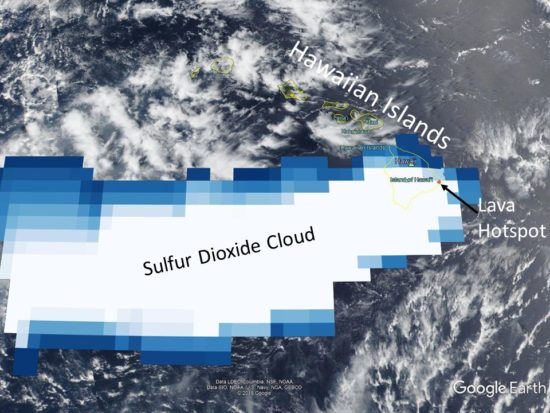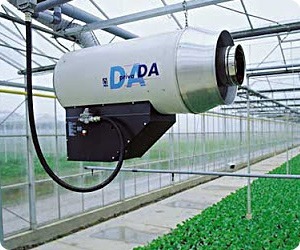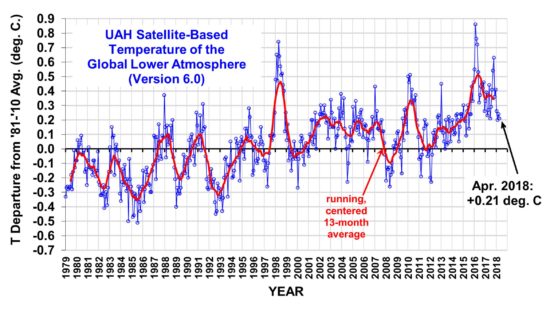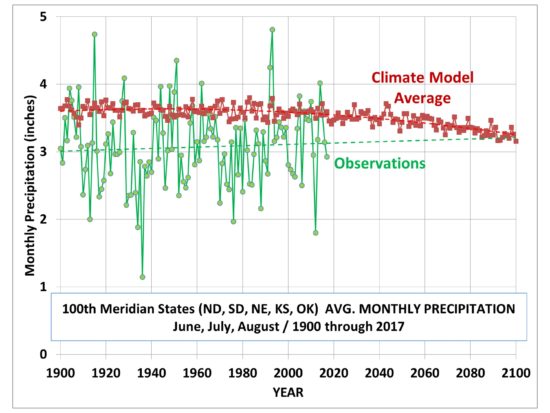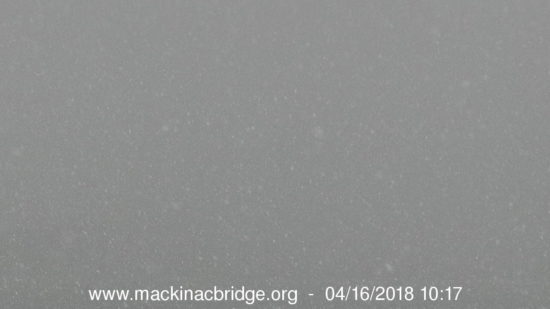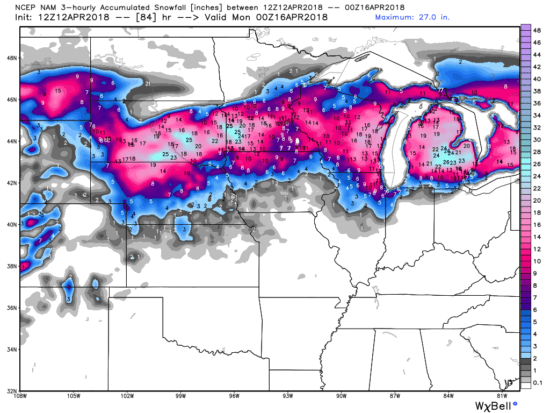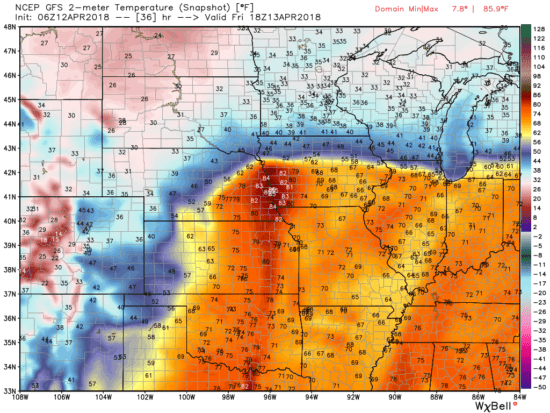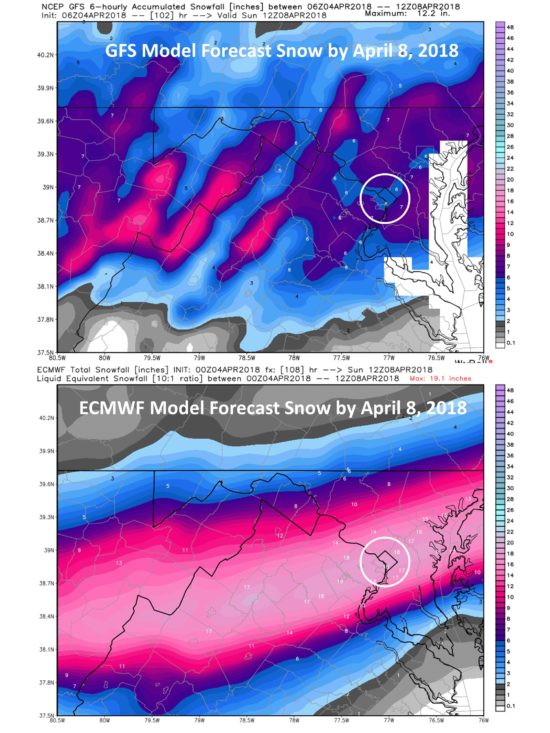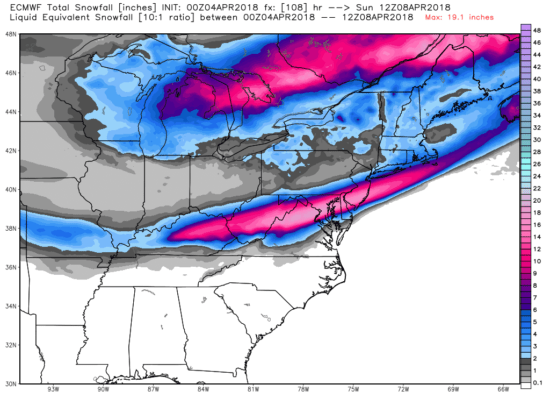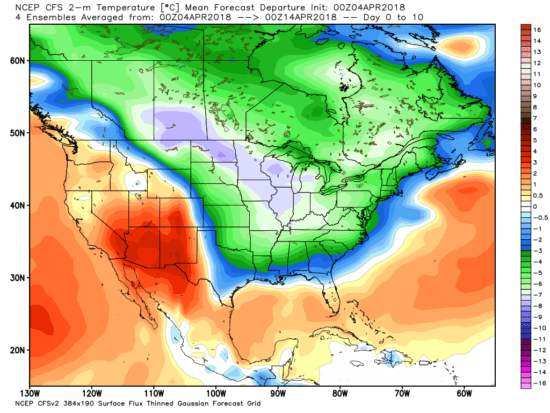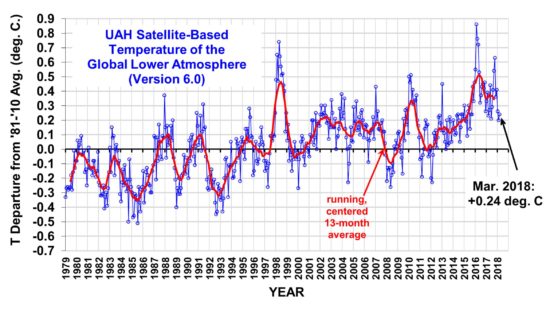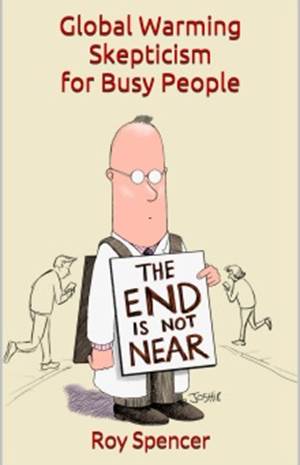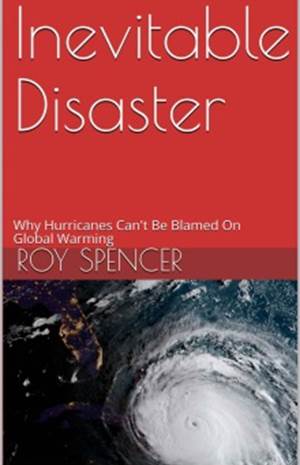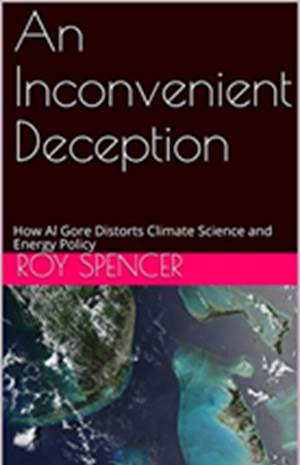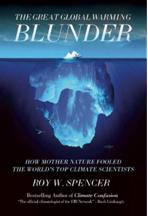There is a continuing debate over sea level rise, especially how much will occur in the future. The most annoying part of the news media reporting on the issue is that they imply sea level rise is all the fault of humans.
This is why the acceleration of sea level rise is what is usually debated, because sea level has been rising naturally, for at least 100 years before humans could be blamed. So, the two questions really are (1) Has sea level rise accelerated?, and (2) how much of the acceleration is due to humans?
Yesterday’s spat between Gavin Schmidt and Willis Eschenbach dealt with the question of whether sea level rise has accelerated or not. Gavin says it has. Willis says not, or at least not by a statistically significant amount.
I’m going to look at the data in a very simple and straightforward manner. I’ll use what I believe are the same data they did (Church & White, from CSIRO, updated through 2013 here), and plot a trend line for the data before 1950 (before humans could reasonably be blamed), and one for the data after 1950:
If we assume that the trend prior to 1950 was natural (we really did not emit much CO2 into the atmosphere before then), and that the following increase in the trend since 1950 was 100% due to humans, we get a human influence of only about 0.3 inches per decade, or 1 inch every 30 years.
Even though it looks like there is some evidence of even stronger acceleration more recently, sea level has varied naturally on multi-decadal time scales, and it is dangerous to extrapolate any short term trends far into the future. Climate models aren’t of much help in determining the human contribution because we have no idea how much of recent warming and glacial melt was natural versus human-caused. Models still can’t explain why glaciers started melting in the mid-1800s, just like they can’t explain why it warmed up so much from the mid-1800s to the mid-1900s.
The bottom line is that, even if (1) we assume the Church & White tide gauge data are correct, and (2) 100% of the recent acceleration is due to humans, it leads to only 0.3 inches per decade that is our fault, a total of 2 inches since 1950.
As Judith Curry mentioned in her continuing series of posts on sea level rise, we should heed the words of the famous oceanographer, Carl Wunsch, who said,
“At best, the determination and attribution of global-mean sea-level change lies at the very edge of knowledge and technology. Both systematic and random errors are of concern, the former particularly, because of the changes in technology and sampling methods over the many decades, the latter from the very great spatial and temporal variability. It remains possible that the database is insufficient to compute mean sea-level trends with the accuracy necessary to discuss the impact of global warming, as disappointing as this conclusion may be.”

 Home/Blog
Home/Blog
